Architecturally Exposed Structural Steel
1 LU|HSW
This course outlines issues and processes that affect the finish and aesthetic qualities of structural steel. A review of the standard of practice, fabrication, preparation, painting, and cost premiums will be covered. Projects such as Bangkok International Airport and Coors Field will also be discussed.
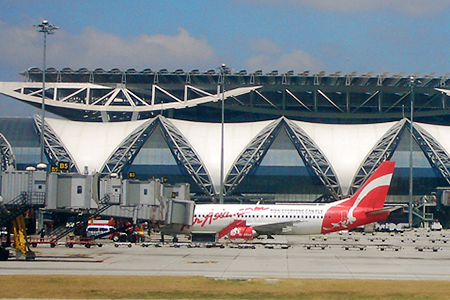
Cold-Formed Steel Systems for Residential Construction
1 LU
Learn the advantages and disadvantages of various structural systems in use today in residential construction. The focus will be on cold-formed steel bearing wall systems as a viable alternative to traditional systems.
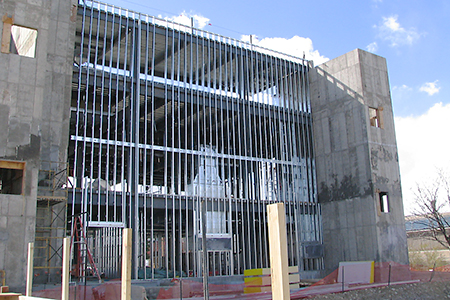
Composites in Architecture
1 LU
Composite materials have found wide applications in many industries due to their high strength, durability, and design flexibility. We will discuss examples of where composites have been used in practice and will also consider their historical roots and the ingredients used in manufacturing.
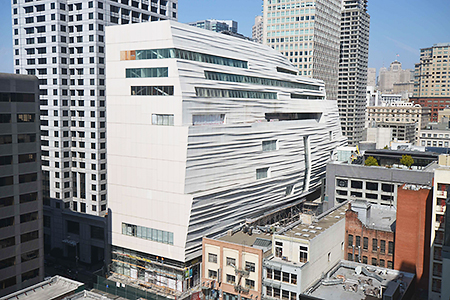
Exposed Wood Architecture
1 LU|HSW
This course explores different aspects of wood as a building material, including its unique properties resulting from natural evolution, member types, connections, sustainability, and fire resistance. We will discuss the past and future of timber construction.
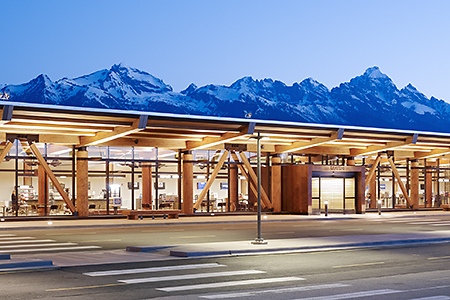
Façade Access and Fall protection
1 LU
Façade access and fall protection systems have been used for hundreds of years. We will discuss the national standards that govern these systems and how they are incorporated in the design and retrofit of new and existing buildings.
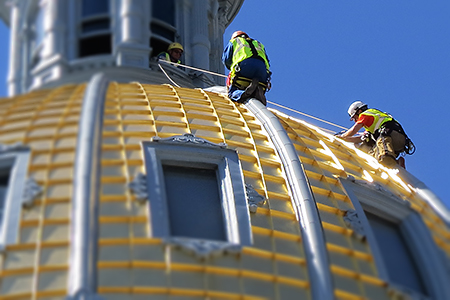
Historic Adobe Evaluation
1 LU
Soil is an ancient and ubiquitous building material. Adobe is often mistreated and damaged by well-meaning individuals applying modern materials and techniques to this historic building method. This class will describe how to identify the common causes of adobe structure failure.
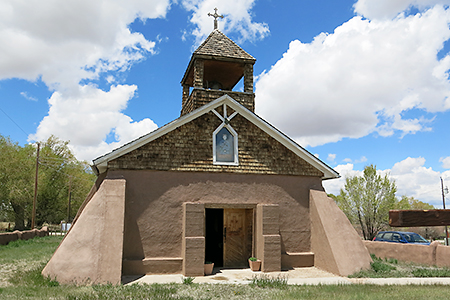
Innovative Site Design with Colorado Water Law
1 LU|HSW
Using examples of successful dual-use spaces, with an eye toward legal, beneficial use of storm water, we will review drainage facility designs, noting their opportunities and challenges. The class will assess current Colorado water laws, how they were derived, and how they have evolved.
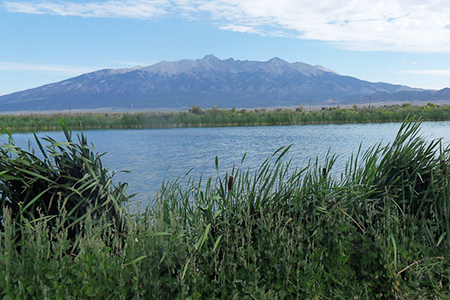
Investigative Tools for Remodels and Renovations
1 LU|HSW
It can be difficult to determine the capacity and condition of existing structural systems, especially when drawings are not available. This course introduces tools used to determine existing conditions so that design can be more efficient and better utilize the existing structure during a renovation or remodel. The course will cover different testing and monitoring methods and when they should be used.
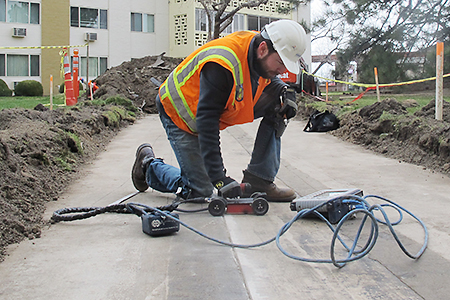
Lessons Learned from Building Envelope Failure
1 LU|HSW
This class will review the building envelope failure mechanisms encountered in a residential complex. The failures included deterioration of the cladding materials, deteriorated sheathing, studframing and mold growth caused by water infiltration, and roofing assembly deficiencies.
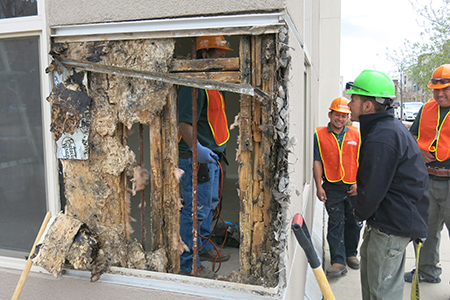
Optimizing Entitlement Management
1 LU|HSW
Navigating the entitlement process can greatly impact the project schedule and design requirements of municipal or jurisdiction projects. Gain an understanding of the importance and intent of the entitlement process and how it can affect projects.

Revit Shared Coordinates
1 LU
This class focuses on the fundamentals of Revit Shared Coordinates, because they are still confusing! This course will clarify Revit coordinate systems, how the coordinate systems work, how to set up shared coordinates, and how to collaborate with others using shared coordinates.
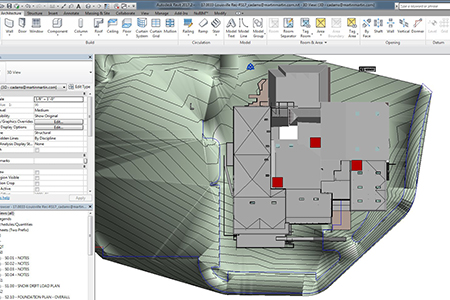
Security by Design and Blast Effects
1 LU|HSW
Designers can help clients with security planning and blast mitigation for buildings. Learn the basic concepts behind blast resistance, blast resistant glazing, progressive collapse, and how architectural layout and site configuration can improve performance.
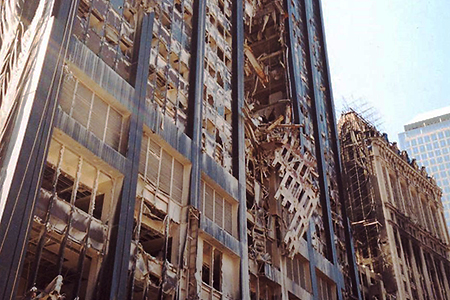
Structural Design of Healthcare Facilities
1 LU|HSW
Design for healthcare often focuses on issues such as patient comfort, future flexibility, sensitive equipment, special architectural features, and other areas not always approached in typical design. Learn the unique challenges presented to the design team of healthcare facilities.
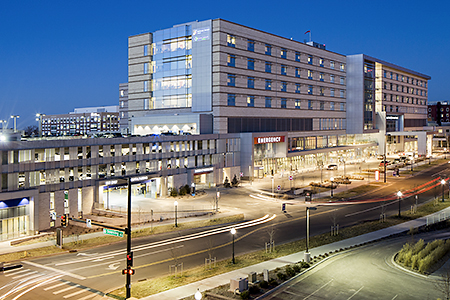
Structural Form and Architectural Concrete
1 LU|HSW
There are various forms, costs, and components of architectural and structural concrete. Learn the differences and become familiar with model specifications, standard publications, and recent advances in architectural concrete technology.
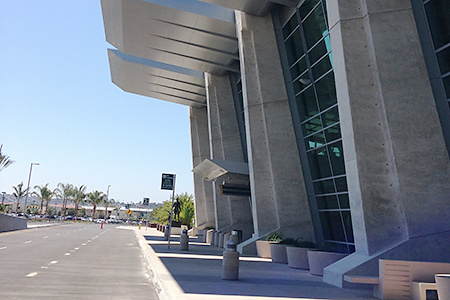
Structural Glass and Specialty Glazing
1 LU|HSW
Obtain an in-depth understanding of structural glass, the differences in manufacturing and performance between common types, and rules that can minimize the overall cost of glass and supporting structure. Learn how a stairway can be constructed entirely of glass and metal hardware.

The Engineering of Art
1 LU
Special structural engineering project types, such as large-scale sculptures or public art, offer designers unique opportunities to work with advanced materials, diverse structural systems, and complex geometric shapes. Learn how these opportunities often lead to creative solutions.


